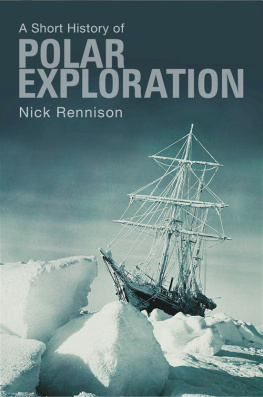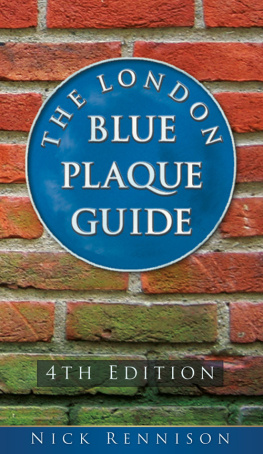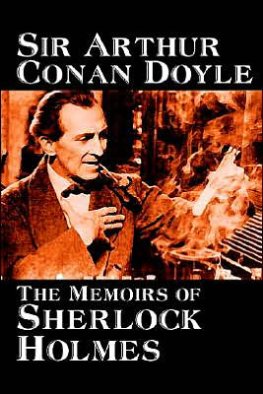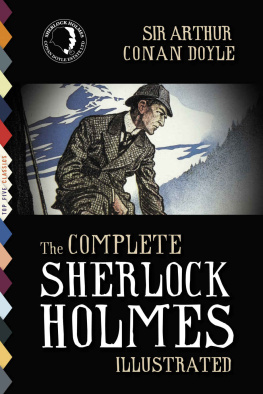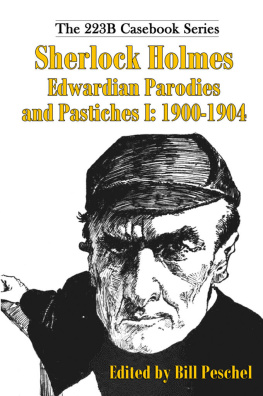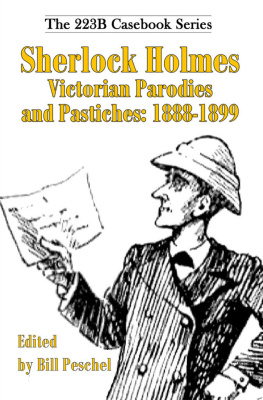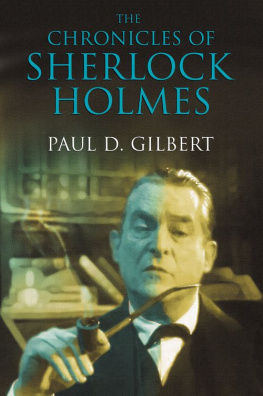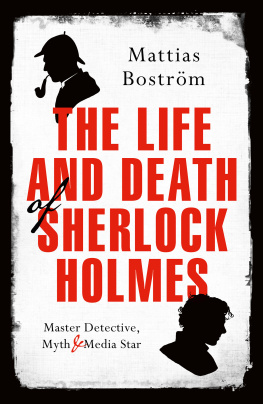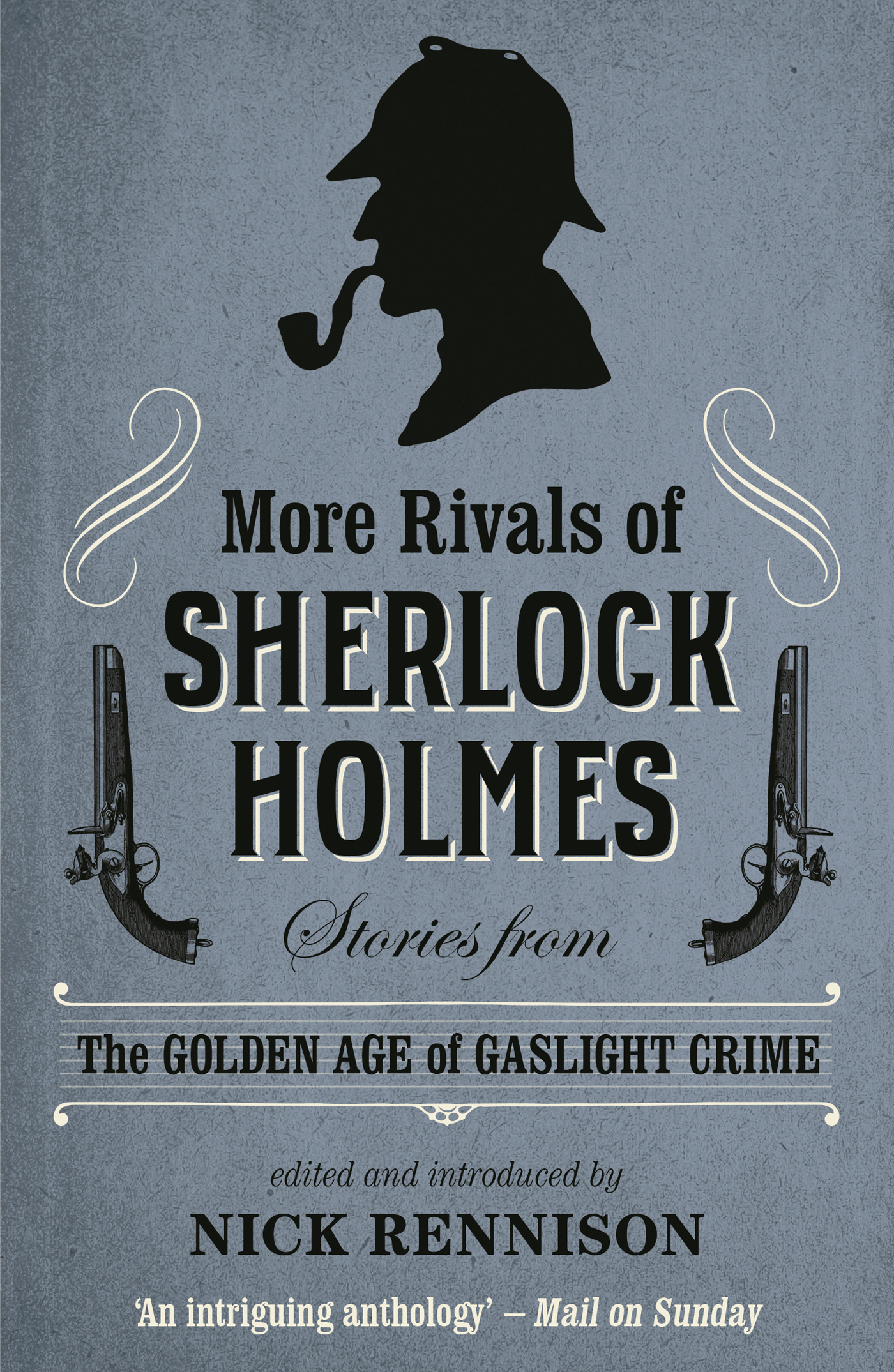Join the No Exit Press eBook Club
The publishing industry has changed dramatically over the last thirty years and now, more than ever, we value our relationship with you, our readers. Thats why we launched the No Exit Press eBook club in which we aim to give you the best value for money across our entire catalogue.
Subscribe to the No Exit eBook club and get 30% off our entire catalogue. Click here to find out more
CRITICAL ACCLAIM FOR NICK RENNISON
THE RIVALS OF SHERLOCK HOLMES
An intriguing anthology Mail on Sunday
A book which will delight fans of crime fiction Verbal Magazine
Its good to see that Mr Rennison has also selected some rarer pieces and rarer detectives, such as November Joe, Sebastian Zambra, Cecil Thorold and Lois Cayley Roger Johnson, The District Messenger (Newsletter of the Sherlock Holmes Society of London)
THE RIVALS OF DRACULA
These 15 sanguinary spine-tinglers deliver delicious chills Christopher Hirst, Independent
A gloriously Gothic collection of heroes fighting against maidens with bone-white skin, glittering eyes and blood-thirsty intentions Lizzie Hayes, Promoting Crime Fiction
Nick Rennisons The Rivals of Dracula shows that many Victorian and Edwardian novelists tried their hand at this staple of Gothic horror Andrew Taylor, Spectator
The Rivals of Dracula is a fantastic collection of classic tales to chill the blood and tingle the spine. Grab a copy and curl up somewhere cosy for a night in Citizen Homme Magazine
To Eve with love and thanks
INTRODUCTION
After Holmes, the deluge! the author and Sherlockian critic Vincent Starrett once wrote. He was referring, of course, to the vast number of private detectives and other crime-solvers who peopled the pages of the English and American popular magazines in the wake of the astonishing success of Sir Arthur Conan Doyles character.
The magazine press of the day had very nearly as voracious an appetite for content and stories as TV does today. The most significant of these magazines was The Strand . Founded by the publisher George Newnes, it first appeared in January 1891. Its editor was Herbert Greenhough Smith who was to continue in that role for the next thirty-nine years. It was Smith who had the perspicacity to spot immediately the potential in Conan Doyles Sherlock Holmes short stories. Forty years later, perhaps with a little benefit of hindsight, he recalled the moment in 1891 when he received the manuscripts of two of the stories. I at once realised that here was the greatest short story writer since Edgar Allan Poe there was no mistaking the ingenuity of the plot, the limpid clearness of the style, the perfect art of telling a story. The first of the Holmes short stories, A Scandal in Bohemia, was published in the July 1891 edition of The Strand Magazine . A literary phenomenon was born. The connection between Holmes and The Strand was to last until 1927 and the publication of The Adventure of Shoscombe Old Place, the final tale of the great consulting detective. Apart from the first two novels, every Holmes story made its first British appearance in the pages of The Strand .
However, The Strand did not just provide a home for Holmes and Dr Watson. Stories of other fictional detectives of the period, several of them represented in this collection, were published in its pages. These included Dick Donovan, created by Greenhough Smiths father-in-law JE Preston Muddock, EW Hornungs gentleman thief AJ Raffles, Lois Cayley, a feisty New Woman who appeared in stories by Grant Allen, and Richard Marshs Judith Lee. Arthur Morrisons Martin Hewitt made his debut in The Strand in 1894, at least in part to fill the gap left by Conan Doyles decision to kill off Holmes in The Final Problem which had been published the previous December.
Nor, of course, was The Strand the only such periodical on the newsstands. There were dozens and dozens of similar magazines in the 1890s and 1900s and nearly all of them featured crime stories. Arthur Morrisons Horace Dorrington stories made their first appearance in The Windsor Magazine as did Guy Boothbys tales of the occultist and criminal mastermind Dr Nikola and Arnold Bennetts Cecil Thorold stories. The Idler , edited for several years by Jerome K Jerome, author of Three Men in a Boat , published some of William Hope Hodgsons Carnacki stories, about an investigator of the supernatural. (In 1892, The Idler also published the very first parody of Sherlock Holmes The Adventures of Sherlaw Kombs by Jeromes co-editor Robert Barr.) GK Chestertons Father Brown stories featured in The Pall Mall Magazine . (There seemed to be a fondness at the time for naming periodicals after famous London streets.) Other, smaller magazines also had their detectives. Loveday Brooke, one of a number of female detectives in the fiction of the period, appeared in The Ludgate Monthly ; Headon Hills Sebastian Zambra was to be found in The Million and Victor Whitechurchs railway detective Thorpe Hazell, appropriately enough, graced the pages of The Railway Magazine as well as The Royal Magazine and Pearsons Magazine .
It is from this vast pool of periodical fiction that I have drawn the majority of the stories in this book. As with the first volume in this series ( The Rivals of Sherlock Holmes ) what I wanted to do more than anything was to demonstrate the sheer variety of crime stories published between 1890 and 1914. People often assume that there is little worth reading from that era other than the Holmes stories and that the fictional detectives of the time are all Sherlock clones. Neither of these assumptions is true. Conan Doyle was inarguably the best writer in the genre in the decades immediately before the First World War but that does not mean he was the only one with great talents. Arthur Morrison, R Austin Freeman and Baroness Orczy to name just three were all highly skilled writers of popular fiction who can be read with great pleasure today. And while there were undoubtedly characters who were cheap copies of Doyles detective (I have included David Christie Murrays John Pym as an example of one of these) they were vastly outnumbered by those who were very different. It was almost a matter of pride among self-respecting authors to come up with a character that did not echo Sherlock Holmes. From the blind detective Max Carrados to Arthur Morrisons utterly ruthless, almost monstrous creation, Horace Dorrington, from Baroness Orczys pioneering Scotland Yard detective Lady Molly to John Dollar, EW Hornungs Crime Doctor, there are plenty of characters who are memorable in their own right.
In this new volume of stories, I have avoided including any of the Rivals of Sherlock Holmes who appeared in my first collection. It would have been easy enough to pick another Father Brown story by GK Chesterton or another tale about Jacques Futrelles Thinking Machine, Professor Augustus SFX Van Dusen. There are plenty of very readable stories featuring those two characters from which to choose. However, in pursuit of my wish to demonstrate the variety and range of late Victorian and Edwardian crime fiction, I have picked fifteen entirely different Rivals for this volume. And only one writer from the first book Headon Hill - also makes an appearance in this one.
When fans of crime fiction refer to its Golden Age they usually mean the era of Agatha Christie, Dorothy L Sayers and Margery Allingham but there was an earlier period in the history of the genre that was just as rich and fascinating. The years between 1890 and the outbreak of the First World War saw the emergence and establishment of Sherlock Holmes as the greatest of all fictional detectives. No one disputes his pre-eminence but he had plenty of rivals. As Vincent Starrett pointed out, there was a deluge of them. As I hope this second volume of stories proves, many of them deserve to be remembered and read today.


